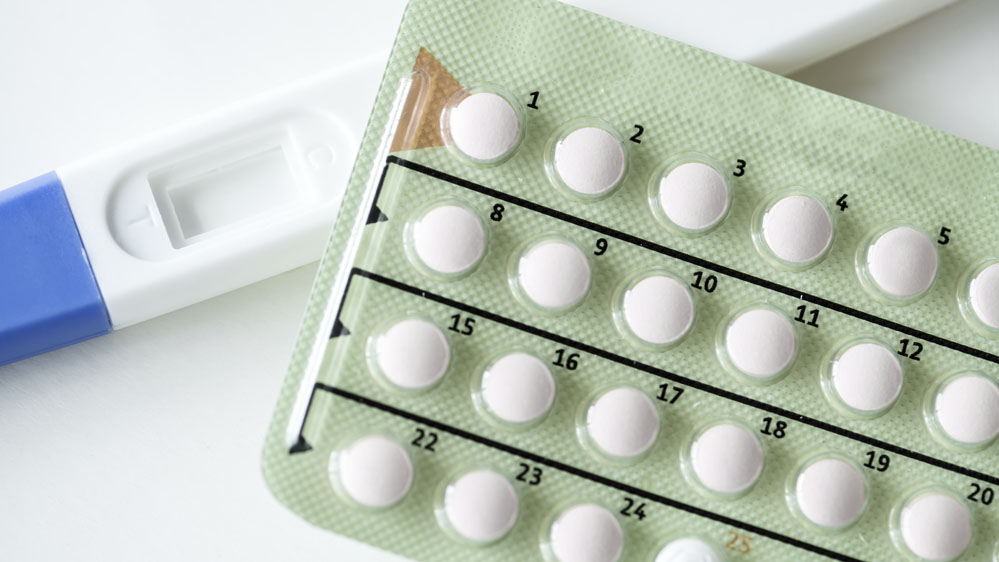Birth Control Types and Options
Today, women have access to numerous ways to prevent pregnancy, ranging from permanent procedures, tying of the fallopian tubes in women (tubal ligation) and vasectomy in men, to prescription products and as-needed solutions, such as condoms.
The most effective method you choose is the method you will use correctly and/or most frequently. Your decision will depend on a number of factors, including:
- Your current health
- Ease of use
- Effectiveness of the birth control method
- Potential side effects
- Whether you may want to have children in the future
Some forms of birth control — the pill, patch, shot, vaginal rings, implants and IUDs — can alleviate painful periods, control heavy bleeding and shorten the duration of your periods.
Find a board-certified OB-GYN or gynecologist at Beaufort Memorial who can help you determine which birth control method is right for you.

Birth Control Pills
Birth control pills contain hormones, either a combination of estrogen and progestin or progestin alone, that stop ovulation, prevent sperm from fertilizing an egg and/or make it harder for an egg to attach to the uterine wall. These oral medications are 99% effective, but only if you take them exactly as prescribed, usually every 24 hours. You can get pregnant immediately after stopping the pill.
Birth Control Patch
Birth control patches contain the hormones estrogen and progestin and work similarly to birth control pills. Patches adhere to your skin and must be replaced weekly. If used as prescribed, the patch is 91% effective, and you can usually get pregnant within a month or two after stopping.
Birth Control Shot
This hormone injection contains progestin and is 94% effective. It does require a trip to the clinic or doctor’s office every three months, and unless you receive the shot within seven days of your period starting, you will need to use another form of birth control for a week after getting it. It can take up to 10 months to get pregnant after you stop receiving the shot.
Birth Control Implant
A long-term form of birth control, a birth control implant is about the size and shape of a matchstick that is inserted into the arm and remains there for five years. It contains the hormone progestin, which prevents egg fertilization. It remains 99% effective for up to five years, but if you decide you want to get pregnant, the implant can be removed.
Some women who get the implant stop having periods entirely after one year, and for others, it can cause spotting or periods that are longer and heavier than before they had the implant.
Other Prescription Options
- Cervical cap: You fill this small, soft silicone cup with spermicide and insert it into your vagina just before intercourse. The cervical cap is 71% to 86% effective.
- Diaphragm: This works like a cervical cap but is larger. It is 88% effective.
- Intrauterine device (IUD): An IUD must be inserted at a clinic or doctor’s office. It is 99% effective and lasts three to 12 years.
- Vaginal ring: You insert this soft ring yourself and replace it monthly. Used correctly, vaginal rings are 91% effective.
No Prescription Required
Birth control methods that don’t require a prescription include male and internal (female) condoms, the Today Sponge, spermicides and emergency contraception. They are generally less effective, and you must use them every time you have sex. However, they have benefits: Male and internal condoms are the only forms of birth control that can protect you from sexually transmitted diseases.
Birth Control Side Effects
Nausea, headache, spotting and weight gain are common side effects of hormone-based birth control, and they usually go away after a few months of use. Although major side effects are rare, some hormone-based birth control methods can increase the risk of blood clots and high blood pressure.
Download our Guide to Birth Control and discuss any current health problems or concerns with your provider when determining which method is right for you.
